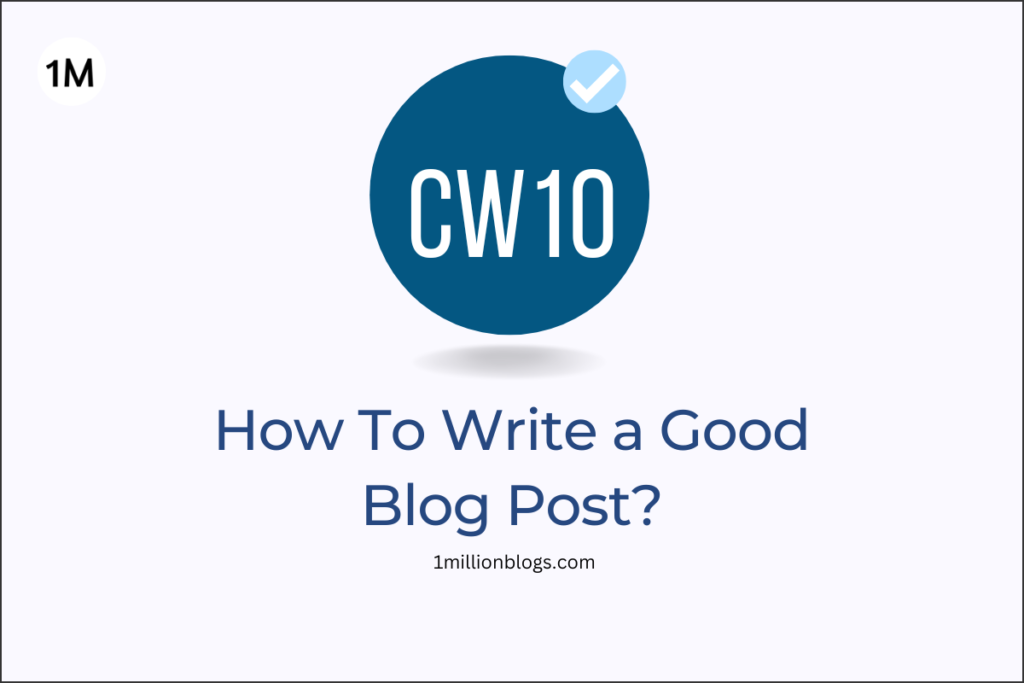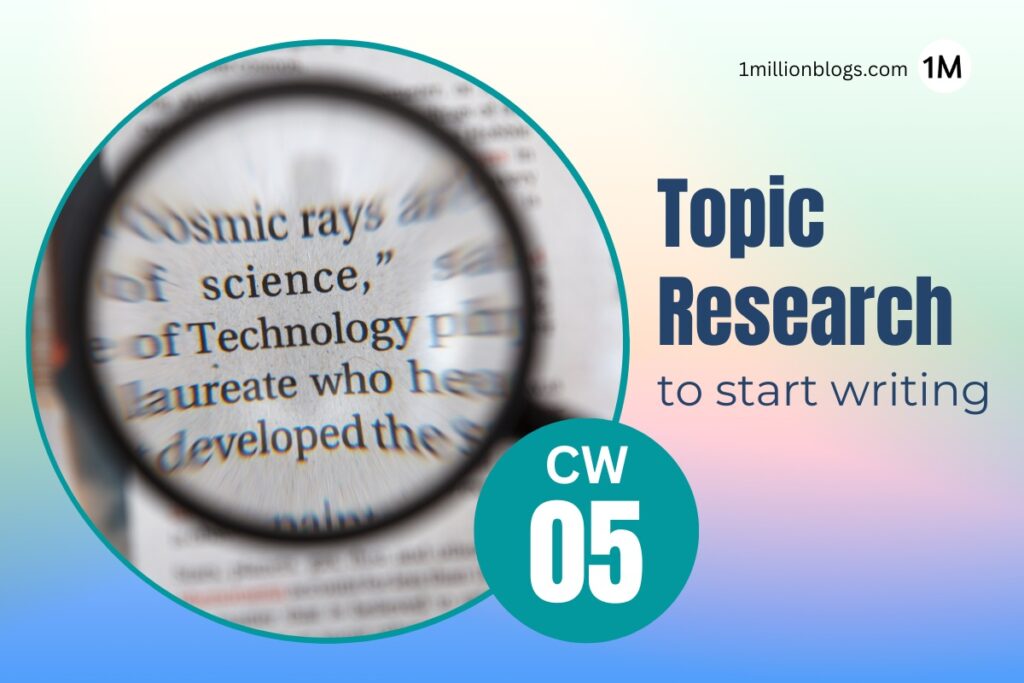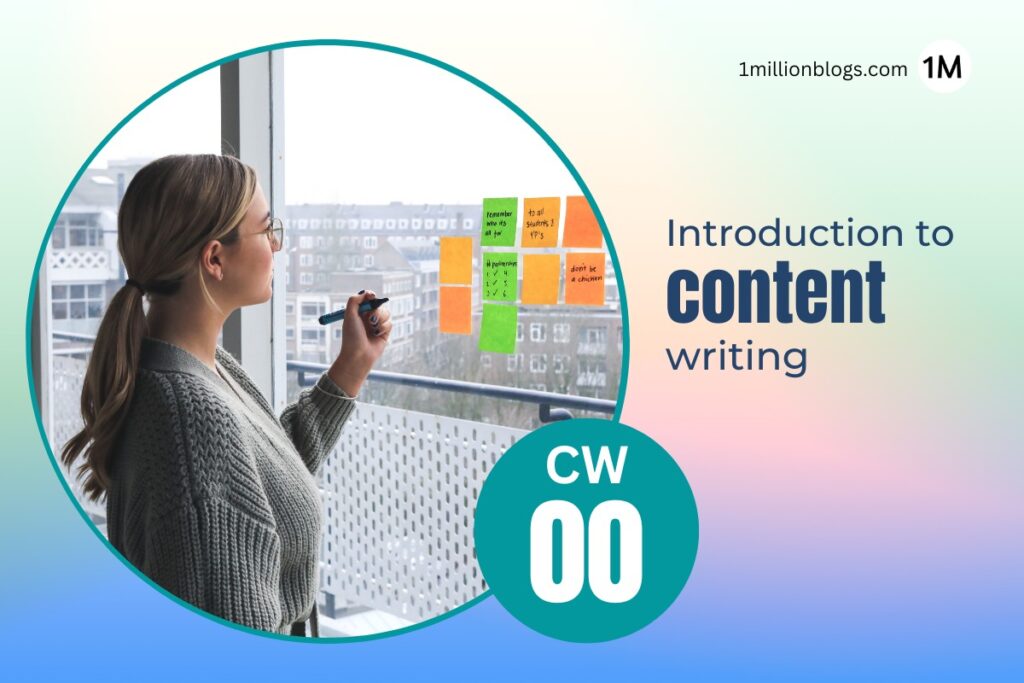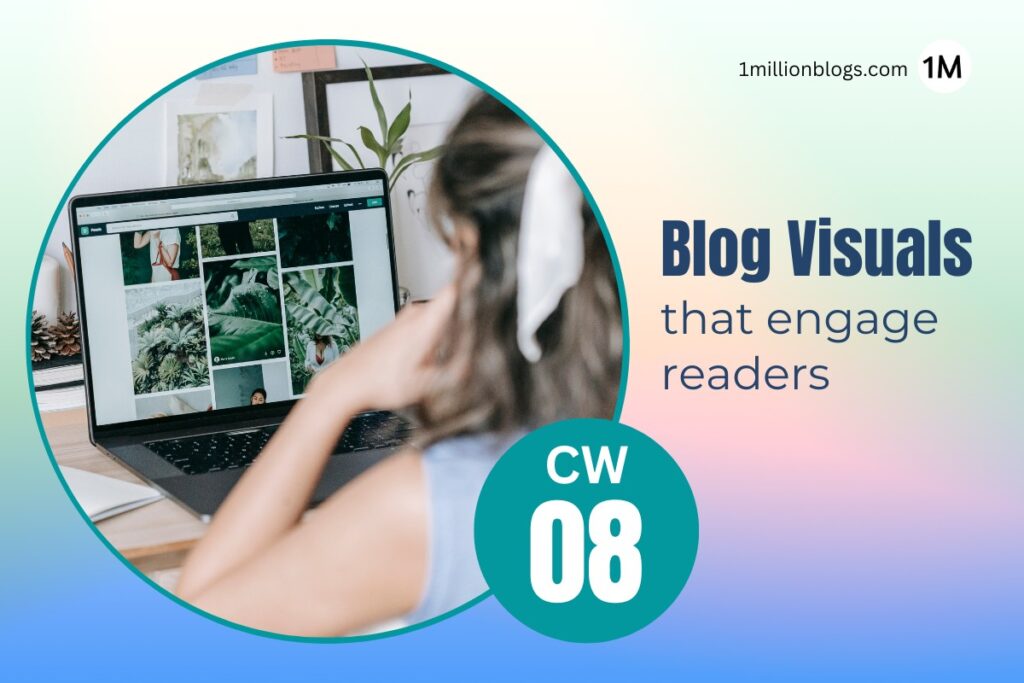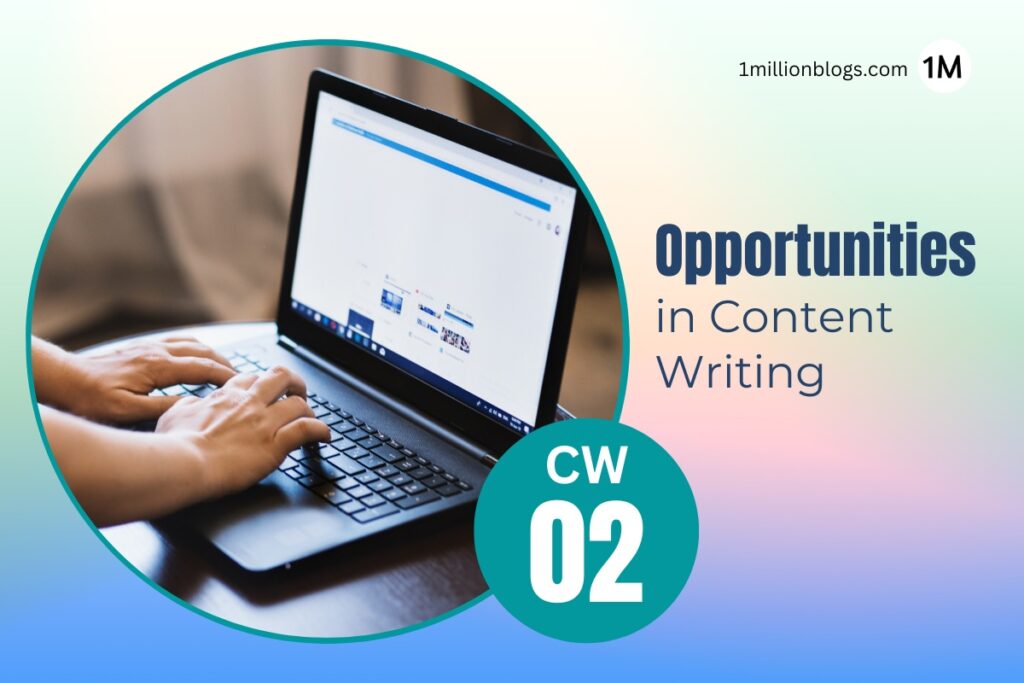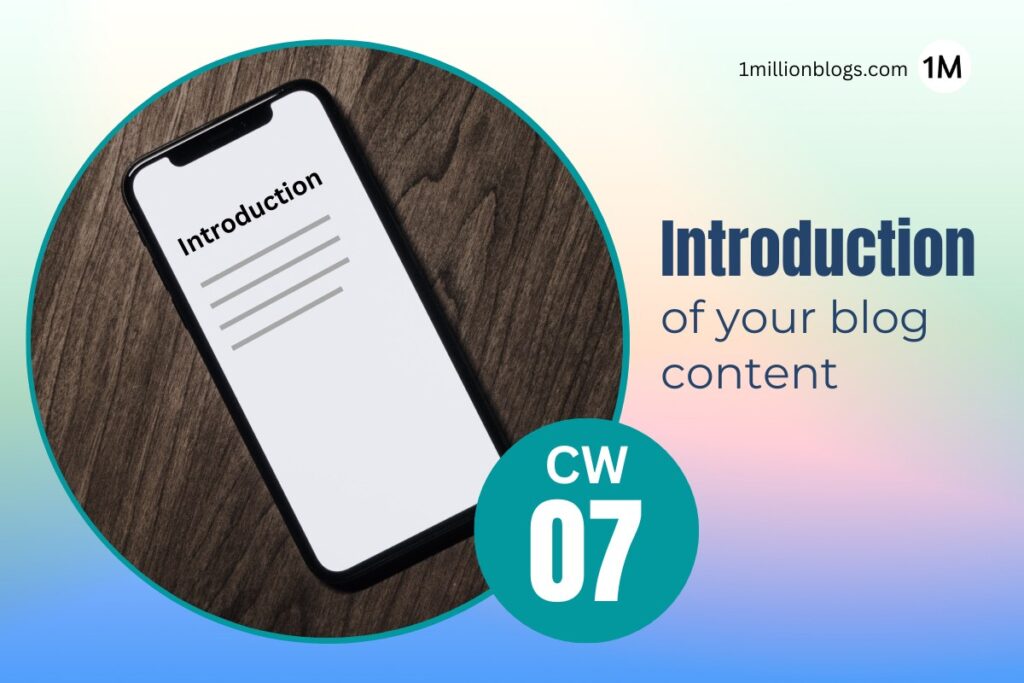Now that you have all the lessons required integrated, it’s time for your Google Doc to shine! However, writing a blog is more than just keywords or an outline. In addition, anyone can write a blog post. Only the one who outshines knows how to write a good blog post.
In this blog, let’s pick and keep all the gold coins the ‘easy’ way. Let’s get to know the most important part of writing first!
The Most Important Part Of Writing
It’s readability! In simple words, how simple your blog is to read for someone. For example, complex sentences with fancy words may not be easy to read. On the other hand, simple words arranged correctly might do wonders.
The ‘Flesch Reading Ease’ is one of the prominent readability tests. An ideal score is between 70-80, however, the best will always be above 80.
So, how do you aim for a high score? Are there any rules for an excellent score? Yes, let’s get to know them.
6 Components Of An Excellent Readability Score!
Getting a high readability score isn’t a piece of cake. It includes six golden rules that you must follow for the green smiley. Let’s start with what we write first – sentences!
1. Sentences
Short sentences make the reader retain the information easily and thus, long ones make no deal. You should write sentences with an average of 14-20 words. More than that cracks up.
2. Paragraphs
Paragraphs also must also not be long enough. Take yourself as an example. Would you like to read a paragraph that’s 15 lines long? I bet you’d lose interest within the first few seconds.
Understand your readers’ capabilities and interests the same way. Write short paragraphs with an average of 2-3 sentences, that is, 50-70 words.
3. Active voice
Let’s bring back your Grammar lessons here. Think of the following two sentences in terms of length: “My son reads English.” & “English is read by my son.”
You must have noticed that the passive voice one has more words than the active voice one. Isn’t it true? Therefore, you write most or all of your sentences in an active voice.
4. Transition words
If you write sentences without any transition, they’d break. Here, transition words come into place. There are many but here are some to name — Finally; However; In addition; Then; Besides; Further.
At least 30% of your sentences must be filled with transition words in order to get the green score. However, you mustn’t try to ‘stuff’ the sentences. Let the words fit in naturally.
5. Consecutive sentences
Read the following paragraph.
The baby was sitting on the chair. The chair was near the balcony. The baby fell off the chair.
Didn’t it turn you off with the sentences starting consequently with the same word, ‘the’? Exactly, you don’t want your reader to turn off. Thus, avoid using the same word to create consecutive sentences.
Serve your reader with a variety of sentences.
6. Word choice
Lastly, the words you choose matter. In the aim of ease of reading, don’t put a trail of regular, repetitive words. For example, you can use ‘crucial’ in the place of ‘important.’ In addition, use easy-to-understand idioms in your write-ups.
Word choice also matters in the context of meaning and impression. While saying ‘fat lady’ might sound off-guard, ‘healthy woman’ may not. Remember your words as your assets.
How To Write A Good Blog Post?
Anyone can write. Even a 10-year-old knows how to write an essay, right? But there is a macro difference between a good write-up and a normal one.
“People remember great writers. Mediocre ones come and go.”
So, how do you write a blog post that people remember? Let’s unwrap each step — starting with introduction and ending with conclusion.
The Introduction
Your introduction depends on who your target audience is and what they are looking for. For example, if your audience is seeking the new update on Google’s SEO, they want details on it. If you show up with SEO and its importance instead, you already lost them.
Understand your target audience’s requirements before you even start the article. Ask yourself to figure out their search intent:
- Informational: Are they looking forward to learning something? What is it? Do they already know about a part of it?
- Transactional: Are they willing to buy something? For example, they might want to buy Christmas gifts so the possibility lies in your suggestion.
- Commercial: Are they looking for what they’d like to buy in the near future? Maybe they are looking for a washing machine, maybe a sofa. Whatever it is, if the content or details interest them, they may make the deal!
In addition, each of these search intents have some particular keywords. Therefore, you must take care of it as well in order to rank.
The Body
Now comes the actual blog. Your blog’s body is also crucial because if it becomes boring, the reader will bounce back. So, how do you make it outshine the boredoms? Let’s find out.
Cut off the extra: Many times, writers add extra words that aren’t needed. The writing may seem sparking but trust me, readers hate extra stuff. However, we’ll talk more about it in the next blog.
Make them feel educated: Now that you’ve cut down the extra parts, there is more to add. Add stats, case studies or stories (if any or if required), graphs, charts, and examples.
They must not feel that they wasted their time. There is no coming back if they feel that way even 10%.
Help them with CTAs: Even if their intent is informational, they might want more than that. It can be an eBook, or a subscription that’s related to what they’re reading.
Let’s take Semrush as an example. Their blogs around SEO have CTAs related to their SEO tools. However, make sure that the CTA is purely natural, not promotional[Screenshot]
Maintain the intensity: A good blog is like a song. It has an intensity building up that slows down as you reach the conclusion.
Write the most basic thing in the beginning. Gradually, take it intensely with more information. Lastly, slow down again and end with a conclusion. That’s how you make a flow.
The Conclusion
Make the last words of your blog impactful. Redirect your reader to what their next action should be, what it could be. That’s all you do in the last part of your blog — the conclusion.
Final Words
Well, it’s our blog post saying, “Let’s meet again.” to you. We will meet you in our next blog learning not just how to write a good blog post, but finalizing it.
Until then, write your draft or if you haven’t rolled up for our content writing course yet, do it now!
